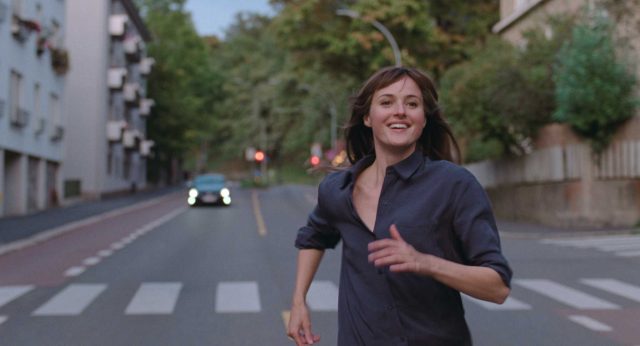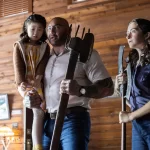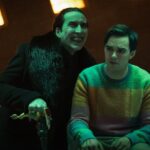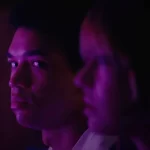The Worst Person in the World: Concentrate on Me, by David Bax

Joachim Trier’s The Worst Person in the World is arranged into twelve chapters plus a prologue and epilogue, a nod to the fact that its protagonist, Julie (Renate Reinsve), spends most of the film in–or at least parallel to–the literary realm. She studies writing, works at a bookstore and dates a successful graphic novelist. Despite the structure, though, Trier’s film is undeniably cinematic, both in the way that massive images make things larger than life and in the way that a well-placed camera can achieve heartbreaking intimacy.
Julie’s interest in the book world only comes after the prologue, which sees her shift the focus of her studies from medicine to psychology to photography. In her late twenties, she is an adult by most any definition but The Worst Person in the World acknowledges that adulthood is a state of mind and one most people can only achieve by lying to themselves at that. Julie’s not ready to settle on a future for herself yet, which is as freeing as it is terrifying. Trier and cinematographer Kasper Tuxen repeatedly include shots of the sky in all its massiveness, simultaneously suggesting endless possibilities (the sky’s the limit) and the threat of being crushed (the sky is falling).
Such dichotomies and uncertainties dictate Julie’s approach to nearly every situation and potential decision. She often comes across as both stubbornly self-possessed and shatteringly insecure at the same time. Reinsve’s ability to craft a seamless and recognizably human character out of these ambivalences and contradictions is why hers is one of the best film performances of the past year.
Julie is a singular creation but she’s also an avatar for the apprehensiveness inherent in being young and aware in the present day. Youth and freedom are notions that never seem to be too far from one another in the human imagination. And we certainly see images of Julie being free, from running down a city street to tripping on mushrooms. But with social media, Western guilt and the looming extinction promised by climate change, among others, these moments are ephemeral; it’s not possible for a young person who’s paying attention to the world to be truly carefree anymore.
These anxieties would seem to fit the Trier of recent films, exercises in paranoia and claustrophobia like Thelma and Louder Than Bombs. That’s why it’s so rewarding to find that he’s gone in the opposite direction instead, choosing the open and the somatic over the closed off and cerebral. The tangibility of The Worst Person in the World, the way it feels in affectionate contact with the same world that it convicts, is positively Bergman-esque.
By the end, Julie will have abandoned writing for a different pursuit, another example of her, in her own words, going “from one thing to another.” Crucially, though, she remains the same person no matter her shifting vocation. She’s figuring things out, as we might euphemistically say of someone who doesn’t have their shit together. But it’s not herself she needs to figure out, it’s the world. She might never be able to crack it but, like most people, she’s doing her best.





























“it’s not possible for a young person who’s paying attention to the world to be truly carefree anymore”
There are more things possible than are dreamt of in your philosophy 🙂